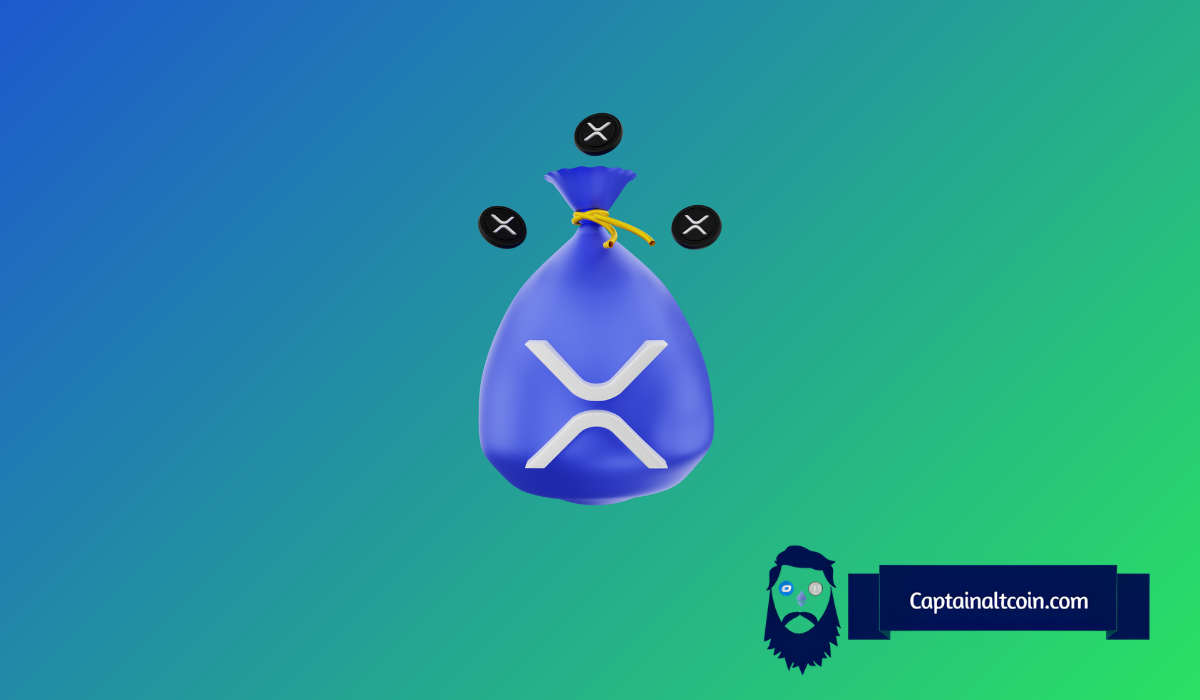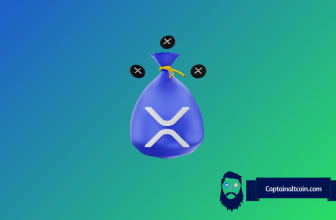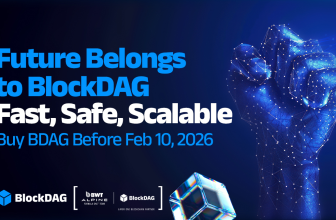
Ripple’s massive escrow has always drawn attention in the crypto world. It controls how much XRP enters the market and when. According to TheCryptoBasic on X, XRP has a total supply of about 99.9 billion tokens. Roughly 60 billion are already in circulation, while about 35 billion remain locked in escrow under Ripple’s management.
This escrow system was designed to prevent market flooding, yet it often sparks debate. Many XRP holders question whether Ripple’s control over such a large pool limits price growth. Others argue the escrow ensures stability and prevents sudden dumps.
Now, talk of reducing the escrow supply is fueling speculation about what might happen to XRP price if a significant portion were permanently removed.
What you'll learn 👉
What Happens to Ripple Token Supply in a 20% Reduction Scenario
TheCryptoBasic referenced a thought experiment run through Google Gemini. The question was simple: what if Ripple reduced XRP’s total supply by 20%? Gemini built a model to explore the outcome, though it made clear this was a theoretical exercise, not a price prediction.
If 20% of XRP’s total supply about 19.98 billion tokens were burned, the total would drop from 99.9 billion to roughly 79.92 billion. Assuming all the burned tokens came from the escrow, Ripple’s locked pool would shrink from 35 billion to around 15.02 billion XRP.
The circulating supply, however, would remain unchanged at 60 billion tokens. That means the immediate trading environment wouldn’t shift overnight. The real change would be in the future supply fewer tokens would be available for release in the years ahead.
How the Reduction Could Impact Ripple Price Over Time
Gemini suggested that cutting supply by that magnitude could create long-term bullish pressure on the Ripple token. A smaller available pool generally supports higher prices if demand holds steady or increases.
As a result, we asked Google Gemini what might happen if Ripple burned 20% of XRP’s total supply. In response, Gemini presented a hypothetical model but clarified that the prediction was entirely theoretical. It explained that the outcome would depend on real-world factors like… pic.twitter.com/LzoDnCsYU5
— TheCryptoBasic (@thecryptobasic) November 1, 2025
In the model, Gemini explored what it called an “ultra-bullish” scenario. It assumed strong market optimism, favorable regulatory conditions, and rising adoption of the XRP Ledger for global payments. Under those ideal circumstances, the Ripple market cap could theoretically climb to around $4 trillion, nearly a 28x jump from its current $144 billion level.
That same model divided the $4 trillion market cap by XRP’s 60 billion circulating tokens, landing on a theoretical price of $66.67 per XRP. The figure represents an enormous increase from today’s $2.40 level to a 27.8× surge in value.
Still, this scenario depends entirely on perfect market behavior, strong utility growth, and investor confidence. It is not a forecast, only a mathematical exploration of what could happen if scarcity and sentiment aligned perfectly.
Ripple Leadership’s View on Escrow Burns and XRP Token Value
Ripple executives have previously addressed the idea of burning escrowed XRP. David Schwartz, the company’s CTO, once noted that burning tokens does not always guarantee a price increase. He referenced Stellar’s 2019 supply burn, which failed to deliver a lasting price impact.
This comment reflects a key point: token burns can influence supply, but not necessarily demand. A smaller supply only drives higher prices when more people actually want to buy and use the asset.
Why the XRP Supply Debate Still Shapes Market Perception
The idea of Ripple reducing its escrow supply continues to shape how investors think about XRP. Many see it as a symbol of potential decentralization and scarcity, while others focus on practical demand drivers like remittance adoption, cross-border payments, and institutional usage.
Whether a 20% reduction ever happens remains uncertain, but the discussion highlights how tightly XRP’s value ties to its supply model. The market often reacts not just to what Ripple does, but to what it might do next.
Read Also: Why Giving Up on Kaspa (KAS) Right Now Could Be a Huge Mistake
TheCryptoBasic’s post sparked renewed curiosity about XRP’s long-term potential. While Gemini’s model offered an exciting glimpse of what a 20% supply cut could mean, it remains a hypothetical projection.
Ripple’s escrow system will likely keep influencing how investors view XRP’s future price. The numbers may be theoretical, yet they remind everyone how much supply control still matters in crypto economics.
Subscribe to our YouTube channel for daily crypto updates, market insights, and expert analysis.








